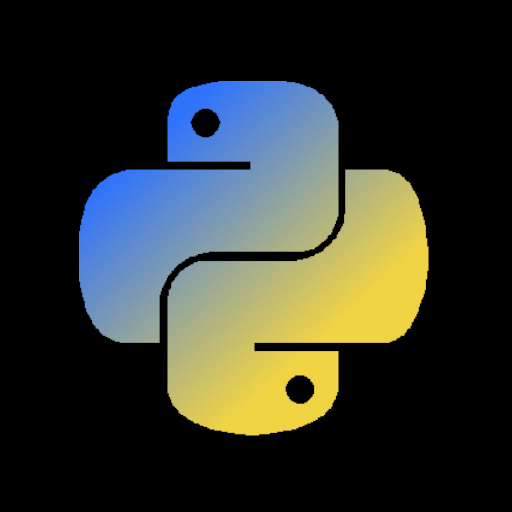- 3 Posts
- 11 Comments
Thanks for your feedback, much appriciated.
I agree that an
exercise14.rstwould be nice, but to save time I’ve let the code speak for itself now together with the visualizaion. I’ll probably revisit and better document the exercises later.At the Explanation link I try to give a general explanation about Pyrhon mutability (and copy later on), I agree some readers might find it hard to relate that to a specific exercise, but I don’t want to write a specific explanation for each exercise.
Thanks for reporting, should be fixed now.
You can just write your code and then press “Get URL” to get the link: https://memory-graph.com/#code=def+fun(a+%3D+[])%3A ++++a+%2B%3D+[1] ++++return+a fun() print(fun())+%23+[1%2C+1]
DuckDuckGo problem, thanks for reporting.
The “Solution” link gives the solution to the exercise, the “Explanation” link explains the Python data model concepts behind the exercise. If some parts are hard to understand let me know.
Yes, that is a surprise to many, in other languages ‘x+=y’ and ‘x=x+y’ are the same.
Thanks, glad it helps you.
Glad you like it. Sketching by hand should remain standard practice, but for beginners that might be difficult. First they need to learn the right mental model to think about Python data, and I hope memory_graph can help with that.
Thanks for adding. The link I posted should give people a quick animation to directly see what is possible instead of having to read through things first. That GitHub repo link is also on hat page. But you are right that some would probably want to start with the repo, thanks for feedback.
Appreciated!
Thanks, I’m pretty stoked about it myself.


Actually running the code? I got to the stage where only AI can help me understand anything ;-)